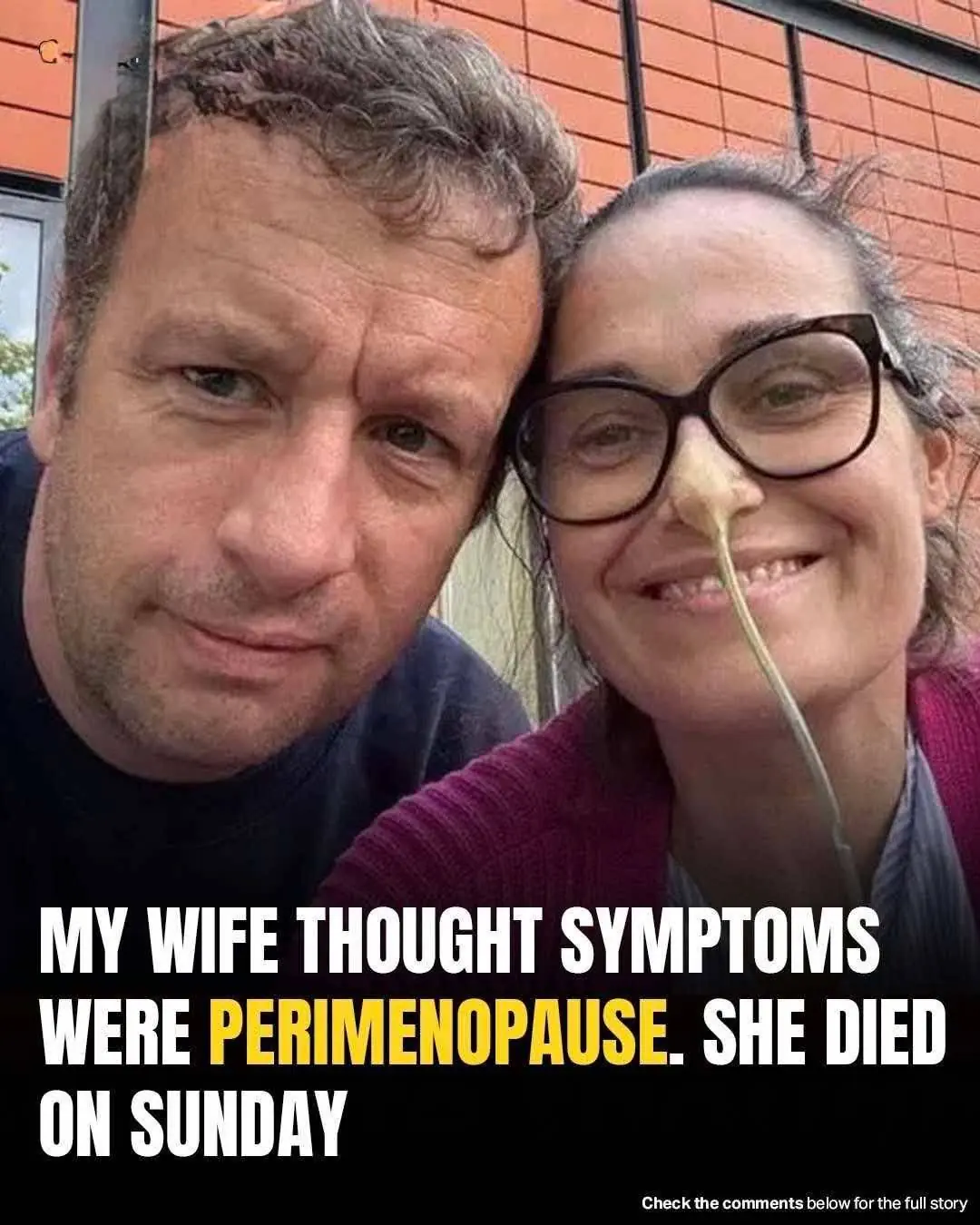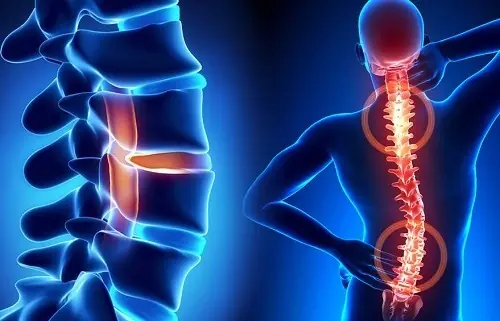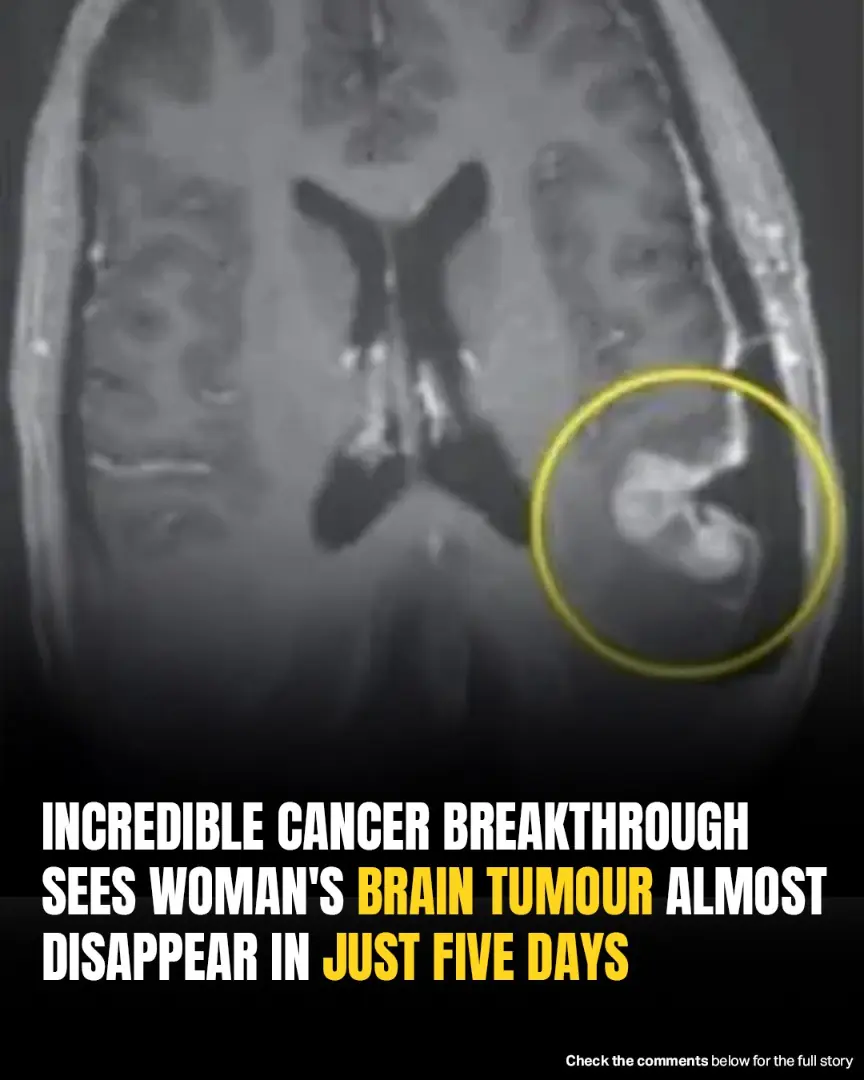
11 Heartbreaking Signs Your Dog May Be Nearing the End
Recognize the 11 signs that your dog may be approaching the end of its life and learn how to provide comfort during this difficult time.
Our dogs are more than just pets—they’re cherished members of our families, offering unwavering loyalty and companionship. As they age or face illness, it becomes crucial to recognize the signs that they may be approaching the end of their journey. By understanding these indicators, we can ensure our beloved companions receive the care, comfort, and dignity they deserve in their final days.
1. Decreased Energy and Reluctance to Walk
A noticeable decline in energy levels and a lack of interest in walks or playtime can signal that your dog’s body is weakening. If your once-energetic friend now prefers rest over activities they once enjoyed, it may be time to consult your veterinarian.
2. Behavioral Changes and Mood Swings
Shifts in behavior, such as increased clinginess, withdrawal, or uncharacteristic aggression, can indicate discomfort or confusion in aging dogs. These mood swings may be a response to physical decline or cognitive changes.
3. Difficulty with Bodily Functions
Incontinence or struggling to control bladder and bowel movements can result from weakened muscles or declining organ function. Frequent accidents or difficulty standing up are signs that warrant veterinary attention.
4. Loss of Appetite and Thirst
A diminished interest in food and water can lead to malnutrition and dehydration, further compromising your dog’s health. If your dog consistently refuses meals or drinks, it’s essential to seek professional advice.
5. Increased Fatigue and Excessive Sleeping
Extended periods of sleep and reluctance to engage with surroundings are common in dogs nearing the end of life. This extreme fatigue indicates their body’s need for rest as it prepares to shut down.
6. Digestive Issues and Vomiting
Persistent vomiting, diarrhea, or signs of nausea can point to serious internal problems. While occasional digestive upset isn’t uncommon, ongoing issues require prompt veterinary evaluation.
7. Labored or Irregular Breathing
Difficulty breathing, coughing, or noticeable changes in breathing patterns may suggest fluid buildup in the lungs or other critical health issues. Immediate veterinary care is crucial in these situations.
8. Changes in Gum Color
Healthy gums are typically pink. If your dog’s gums appear pale, blue, or grayish, it could indicate oxygen deprivation, anemia, or circulatory problems, necessitating urgent medical attention.
9. Seizures or Tremors
Experiencing seizures or uncontrolled shaking can be distressing and may result from neurological disorders or severe health conditions. Seek veterinary assistance promptly if your dog exhibits these symptoms.
10. Unusual Odors or Skin Changes
The emergence of unusual body odors, dull fur, or the development of sores and lumps can signal underlying health issues. These changes may indicate infections or metabolic alterations as the body declines.
11. Disinterest in Favorite Activities
A lack of enthusiasm for toys, treats, or interactions that once brought joy can be a sign that your dog is preparing to say goodbye. This withdrawal reflects both physical exhaustion and emotional readiness.
Recognizing these signs allows you to provide compassionate care tailored to your dog’s needs during their final days. Consulting with your veterinarian can help you make informed decisions, ensuring your beloved companion’s comfort and dignity as they approach the end of their life.
News in the same category


RV Park Owner Describes Terrifying Sound As Floodwaters Swept Families Away

Nuclear Strike Survival Guide: The First 10 Minutes Could Save Your Life

The Incredible Story of a British Airways Pilot Who Survived Being Ejected from a Plane for 20 Minutes

University Of Rhode Island Graduate, 22, Dies Hours After Eating Peanut-Contaminated Snack

Airline Tragedy Followed Cancer Loss: Sisters Orphaned In Catastrophic Week

Tragic selfie reveals hidden danger that took three young lives

Bill Gates Predicts the Only Three Jobs He Believes Will Not Get Replaced by AI

Supervolcano Shows Signs of Waking, Scientists Say It Could Affect Entire Planet

Leaked Russian Map Pinpoints Seven U.S. Strategic Sites That Could Be First Hit In Nuclear War

The detailed escape story of the Air India crash survivor met with skepticism

For the Cost of an Iphone He made a House of only 89 Squares, but Wait Until you See Inside

The Safest Countries To Be In If World War 3 Begins

Experts Say 3 Major U.S. Regions Face Risk of Tsunamis and Flooding

Heartbreaking Voice Message From Pilot Before Crash Goes Viral — Here’s What He Said

Air India crash simulation reveals how sole survivor escaped death

Truck driver jumped into forbidden zoo enclosure to rescue a drowning Chimp when no one else would

Man Dips Finger In Yellowstone Hot Spring, Accidentally Falls In And Dissolves Within A Day
News Post

Get Long Hair, Stop Hair Fall, Cure Baldness, Regrow Damaged Hair Naturally

Death Begins in the Gut! Clean Your Blood and Intestines with Just One Glass a Day

Just 2.4 Miles Apart, Yet 21 Hours Ahead — The Diomede Islands’ Time-Warping Secret

Woman mistook deadly illness for perimenopause

Orange Peel and Cinnamon Tea: The Natural Remedy Worth More Than Gold!

Moringa Leaf: A Nutrient-Packed Leaf for Your Wellness Journey

Why Were Strokes Less Common 30 Years Ago, but Are Now Increasing? 4 Foods You Should Cut Back On

4 Reasons Why You Should Stop Picking Your Nose Before It Leads to Serious Consequences

Three Common Beverages That Secretly Drain Calcium from Your Bones: Drinking Too Much Can Lead to Brittle, Fragile Bones

Scientists Invent Ultra-Thin Material That Hardens Like Diamond to Stop Bullets

There Are Mysterious Signals Coming From The Ice In Antarctica

Scientists Baffled By Earth’s Mysterious 26-Second ‘Heartbeat’—Still No Clear Explanation

Friendship Between Wolf And Bear Documented By A Photographer

A Decapitated Python In Florida Everglades Suggests Bobcats Are Resisting Their Invasion

Firefighters Warn Public Of Dangers Of Leaving Water Bottles In Cars

Woman’s Inoperable Brain Tumor Shrinks In Just Five Days Thanks To Cancer Breakthrough

I Rushed to My Daughter's Graduation - But I Ended Up Being Shut Out

Doctors Ignored Her 9 Times — Then She Got A Stage 4 Cancer Diagnosis

My MIL Told Me to Just Bring Chips to the 4th of July BBQ Because I 'Can't Cook Anyway' – So I Brought Something Better
